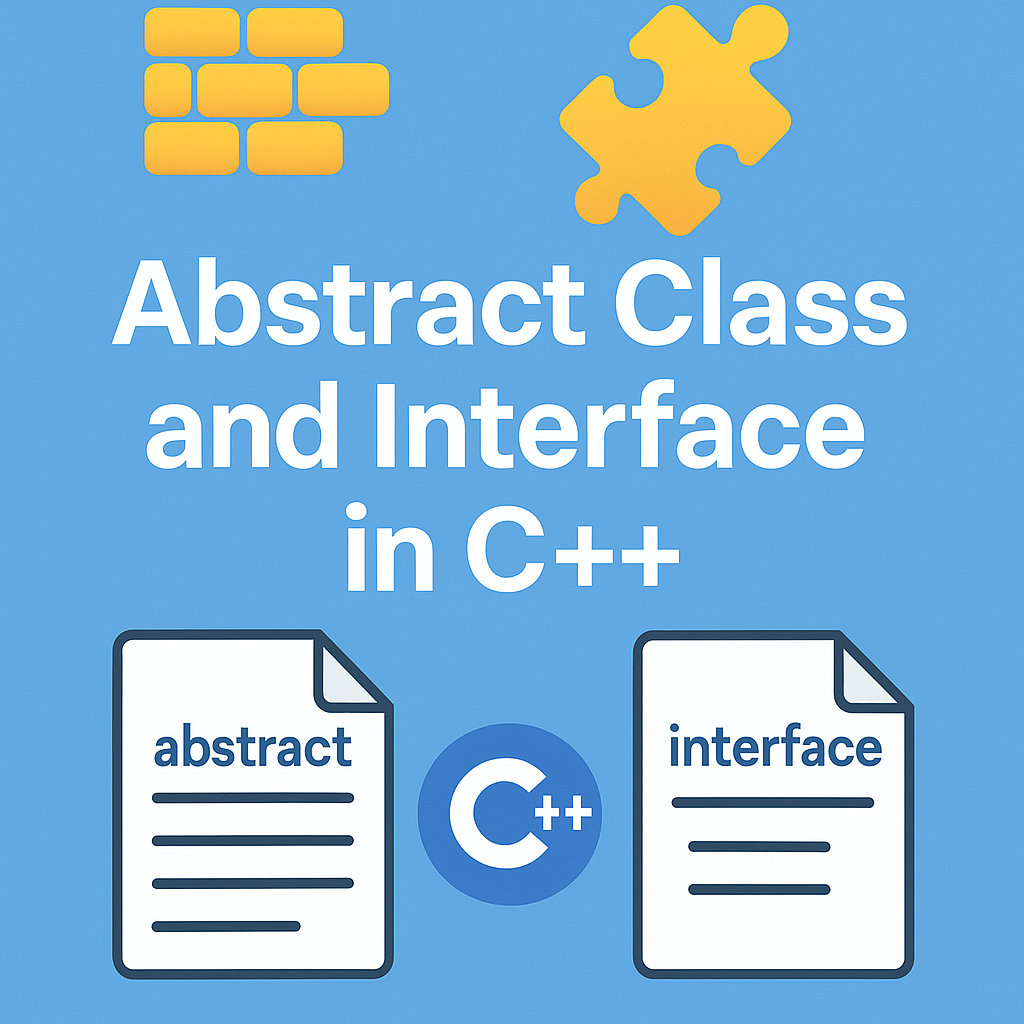Multithreading can make software faster and more responsive by running tasks in parallel. But it’s not always smooth sailing. In this article, we explore the key disadvantages of multithreading, including increased complexity, debugging difficulties, race conditions, higher resource usage, and performance bottlenecks. Whether you’re a beginner or just starting to learn about multithreading in programming, understanding these challenges will help you write safer, more efficient code.
What Is Multithreading?
Before we dive into the disadvantages of multithreading, let’s quickly understand what multithreading means.
Multithreading allows a program to run multiple tasks at the same time. For example, your computer might be downloading a file, playing music, and checking emails all at once — thanks to multithreading.
It sounds amazing, right? But like any powerful tool, multithreading comes with challenges.
Key Disadvantages of Multithreading
Here are some important disadvantages of multithreading you should know, especially if you’re a beginner.
1. Complexity in Programming
One major disadvantage of multithreading is complexity.
- Writing multithreaded code is harder than writing single-threaded programs.
- You have to manage how threads share data and avoid mistakes like race conditions or deadlocks.
Race conditions happen when two threads try to change the same data at the same time, causing unpredictable results. Deadlocks occur when two threads wait for each other forever, causing the program to hang.
2. Debugging Is Difficult
Another disadvantage of multithreading is that debugging becomes a nightmare.
- Bugs in multithreaded programs may only appear sometimes, depending on timing.
- It’s hard to reproduce issues because they don’t happen every time you run the program.
- Tools for multithreading debugging exist but can be complicated for beginners.
3. Increased Resource Usage
While multithreading is supposed to make programs faster, it can also increase memory and CPU usage:
- Each thread takes some memory and processing power.
- Too many threads can slow down your system instead of speeding it up.
4. Context Switching Overhead
A big disadvantage of multithreading is context switching overhead.
- The operating system has to switch between threads, saving and restoring states.
- If there are too many threads, this switching can waste time instead of improving performance.
5. Risk of Data Inconsistency
If threads are not properly synchronized, you may face data inconsistency:
- Two threads might update the same variable at the same time.
- Without using locks or synchronization mechanisms, data can become corrupted.
6. Scalability Limitations
A disadvantage of multithreading is that it doesn’t always scale as well as you think:
- Not every task can be divided into threads.
- Some parts of your program must still run one after another.
- On systems with fewer cores, having many threads offers no benefit.
Should You Avoid Multithreading?
No! Multithreading is powerful and extremely useful. But it’s important to know the disadvantages of multithreading so you can plan your code properly and avoid mistakes.
If you’re a beginner:
✅ Start simple.
✅ Learn about synchronization tools like mutexes and semaphores.
✅ Test your multithreaded code thoroughly.
Conclusion
Multithreading is an awesome way to speed up your programs and handle many tasks at once. But there are clear disadvantages of multithreading—like complexity, debugging challenges, and potential performance issues.
By understanding these pitfalls, you’ll be better prepared to write reliable and efficient multithreaded applications.
Mr. Raj Kumar is a highly experienced Technical Content Engineer with 7 years of dedicated expertise in the intricate field of embedded systems. At Embedded Prep, Raj is at the forefront of creating and curating high-quality technical content designed to educate and empower aspiring and seasoned professionals in the embedded domain.
Throughout his career, Raj has honed a unique skill set that bridges the gap between deep technical understanding and effective communication. His work encompasses a wide range of educational materials, including in-depth tutorials, practical guides, course modules, and insightful articles focused on embedded hardware and software solutions. He possesses a strong grasp of embedded architectures, microcontrollers, real-time operating systems (RTOS), firmware development, and various communication protocols relevant to the embedded industry.
Raj is adept at collaborating closely with subject matter experts, engineers, and instructional designers to ensure the accuracy, completeness, and pedagogical effectiveness of the content. His meticulous attention to detail and commitment to clarity are instrumental in transforming complex embedded concepts into easily digestible and engaging learning experiences. At Embedded Prep, he plays a crucial role in building a robust knowledge base that helps learners master the complexities of embedded technologies.



Leave a Reply